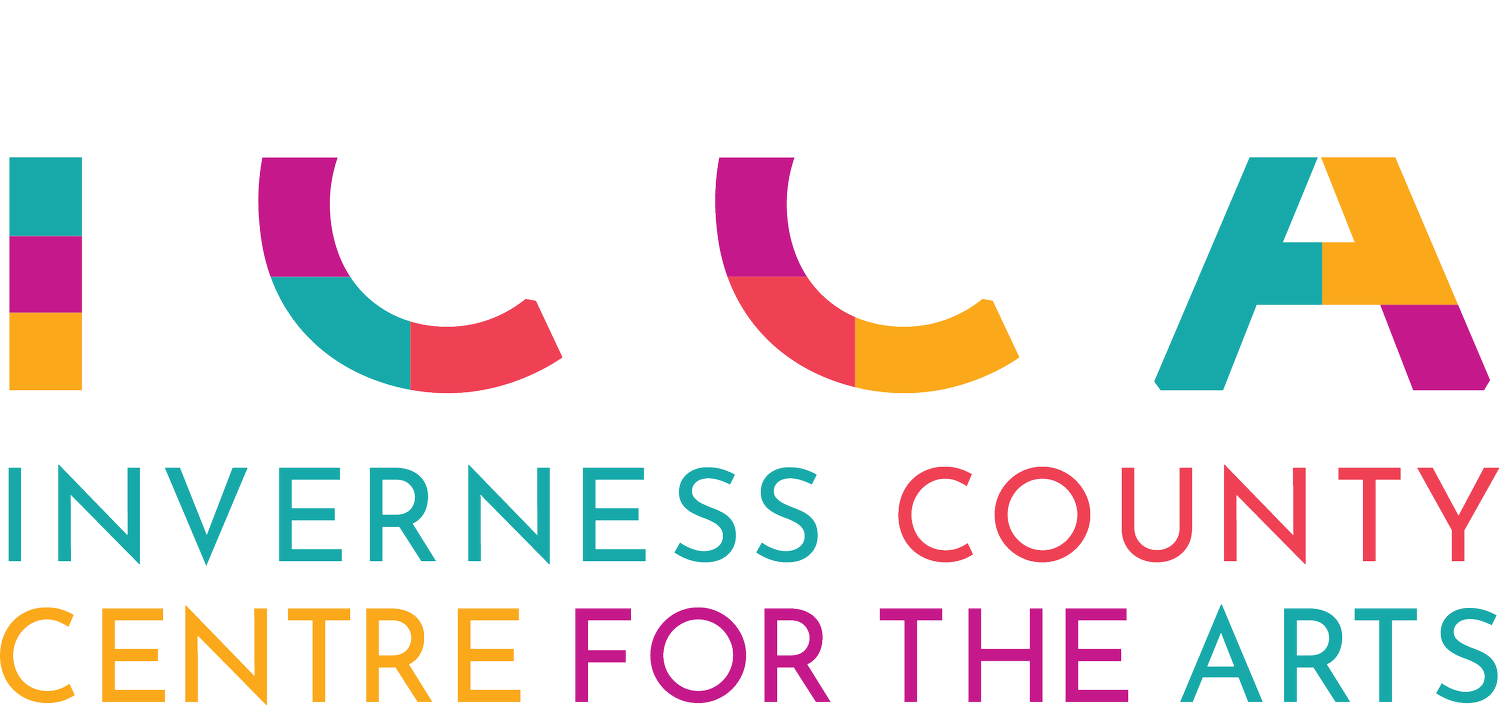New York City-based artist Jeri Coppola, who has been spending time in Inverness County
for more than 30 years, will exhibit “Between Now and Now”, a solo show, running from August 11
to September 8. The show will feature a variety of different media exploring the concept of
memory while reflecting the deep influence of the Cape Breton landscape on Coppola’s
extraordinary and surprising work.
Dark Arctic
a show of artists from The Arctic Circle Residency, 2023
Longyearbyen, International Territory of Svalbard—We came from all over to meet on the top of
the world. To spend time in the sparse, unrelenting landscape of which all of us had been
dreaming: embarking on a residency on a ship that took us out of internet and cell service (and
perhaps reality) and pushed us in ways none of us could have imagined.
Beauty and danger, endless horizons, space and ice. Using sound, drawing, photography and text
we are all trying to relay what we witnessed. The landscape is enormous, and it is impossible not
to be moved by what climate change is doing to it. While the high Arctic of 80ºN is not exactly a
liminal space, it does have desolate and abandoned locations that evoke an unsettling,
melancholic, and sometimes surreal atmosphere. We visited scientific research stations, some in
use seasonally, others abandoned completely, as well as the active research site at Ny-Ålesand.
Our thoughts turn to historical trips and the difficulty in navigating the terrain.
We are a group of artists and writers seeking to celebrate (and perhaps memorialize) who we
are/will be/were as a species interacting with its environment. People are capable of creating
such beauty—of such radical acts of kindness and compassion and joy—but also of enacting such
terrible things on one another and our planet. What burden do we, as artists, carry in this regard?
The science of the environmental and climate crises is clear, of course. But—we ultimately
propose—it is the role of artists to communicate what the environment means. What does the
climate crisis mean? How can we make resonant the stories of humans' relationship to the natural
environment? How do we communicate the exigency, the action, and the fierce urgency of what
is needed at this moment and in this crucible?
Witnessing matters, and so does representation. They matter especially for artists, who shape
public discourse, thought, and ideas before any theorists, academics, or politicians and industry
leaders. Art is the first driver of imagination, of unthought possibilities; and here, with our species
facing existential collapse, artists have a responsibility to not only enter the conversation, but to
drive it toward the creation of new ideas and new ways of being. It is our most important
question, and it is the right one.
